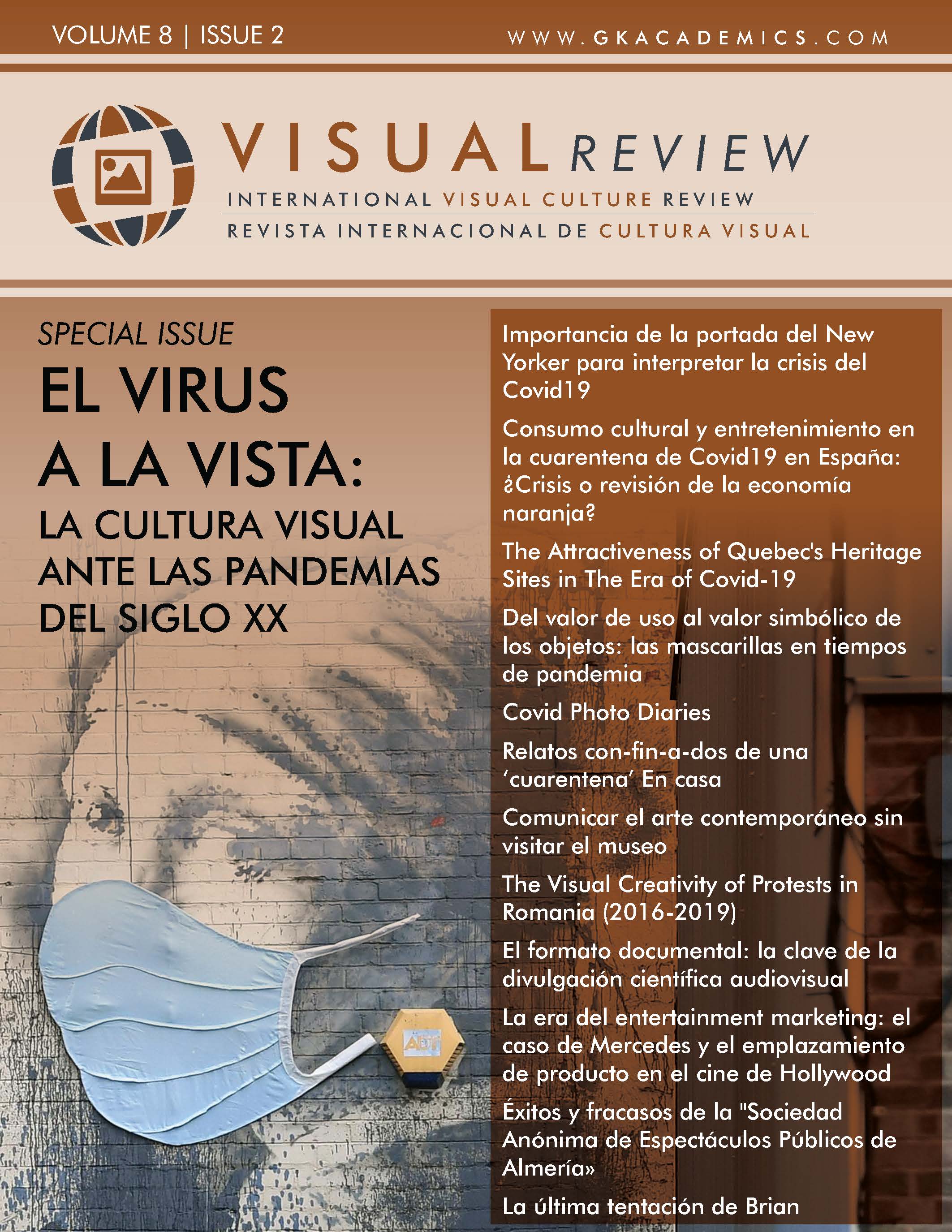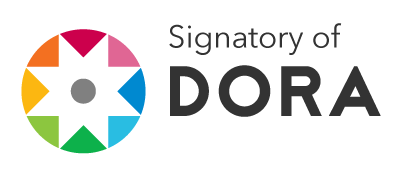Successes and failures of the "Public Entertainment Company of Almeria"
Roaring twenties?
DOI:
https://doi.org/10.37467/gka-revvisual.v8.2724Keywords:
Contemporary history, Spain, Andalusia, Cultural management, Cultural societies, Performing arts, Lyric theatreAbstract
This article investigates the cultural management of the only entertainment company in Almeria between 1914 and 1921. Its main objective is to present the role that the public entertainment company formed on July, 8th 1914, played for the cultural history of the city. Although it was a decade marked by World War I, considerable efforts were made to offer quality theater every time, through the most relevant companies of the moment. After analyzing the economic successes and failures, the investigation ends with the study of the ten-year lease of the new Cervantes Theater.
Downloads
Global Statistics ℹ️
|
358
Views
|
135
Downloads
|
|
493
Total
|
|
References
Casares, E. (coord.) (2006). Diccionario de la zarzuela. España e Hispanoamérica. Instituto Complutense de Ciencias Musicales.
Comín, F. y Martín, P. (1997). La historia empresarial en España. Economistas, 73, pp. 16-24.
García, Martín y Ochotorena, R. (2003). La Almería de Alfonso XIII (1900-1931). IEA.
Gómez, D. (1994). Actividad, empleo y renta en Almería, 1787-1910. Un análisis económico desde la perspectiva de la población. Hermanos Pinzón.
Hernández, P. (2017). Consideración teórica sobre la prensa como fuente historiográfica, Historia y comunicación social, 22, pp. 465-477. DOI: https://doi.org/10.5209/HICS.57855
López, J. M. (2009). La Asociación de Cultura Musical. Papeles del festival de música española de Cádiz, 4, pp. 291-319.
Martínez, J. (2002). Instituciones culturales en el siglo XIX almeriense. Instituto de estudios almerienses.
Nadal, J. (1999). Industrialización y desindustrialización del sureste español. En A. Parejo y A. Sánchez (eds), Economía andaluza e historia industrial. (pp. 61-137). Ediciones y Proyectos Culturales.
Pérez, D. (2010). Condiciones de vida de la población almeriense (1850-1930). [Tesis doctoral, Universidad de Almería].
Pérez, G. (2001). Las sociedades musicales en Almería, Granada y Sevilla entre 1900 y 1936”, Cuadernos de Música Iberoamericana, 8-9, pp. 323-336.
Ravassa, C. (2018). El Cervantes, historia de un teatro. Sol de sol.
Sánchez, A. (1992). La integración de la economía almeriense en el mercado mundial: cambios económicos y negocios de exportación. Instituto de Estudios Almerienses.
Rodríguez, M. (2021). La escena lírica almeriense a través de la prensa diaria durante la II República. [Tesis doctoral, Universidad de Almería]. DOI: https://doi.org/10.2307/27108835
Suárez, J. I., Sobrino, R. y Encina, Mª. (eds)(2018). Música lírica y prensa en España (1868-1936): ópera, drama lírico y zarzuela. Ediciones de la Universidad de Oviedo.
Tapia, J.A. (1980). Almería piedra a piedra. Editorial Cajal.
Verdegay, F. (1979). Prensa almeriense, 1900-1931. Editorial Cajal.
Vilanova, V. (2015). La educación durante la Segunda República, la guerra civil y el primer franquismo en las comarcas de Castellón. La depuración del magisterio. [Tesis doctoral, Universidad Jaume I].
Downloads
Published
How to Cite
Issue
Section
License
Those authors who publish in this journal accept the following terms:
-
Authors retain copyright.
-
Authors transfer to the journal the right of first publication. The journal also owns the publishing rights.
-
All published contents are governed by an Attribution-NoDerivatives 4.0 International License.
Access the informative version and legal text of the license. By virtue of this, third parties are allowed to use what is published as long as they mention the authorship of the work and the first publication in this journal. If you transform the material, you may not distribute the modified work. -
Authors may make other independent and additional contractual arrangements for non-exclusive distribution of the version of the article published in this journal (e.g., inclusion in an institutional repository or publication in a book) as long as they clearly indicate that the work was first published in this journal.
- Authors are allowed and recommended to publish their work on the Internet (for example on institutional and personal websites), following the publication of, and referencing the journal, as this could lead to constructive exchanges and a more extensive and quick circulation of published works (see The Effect of Open Access).













